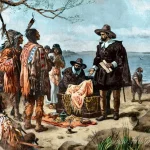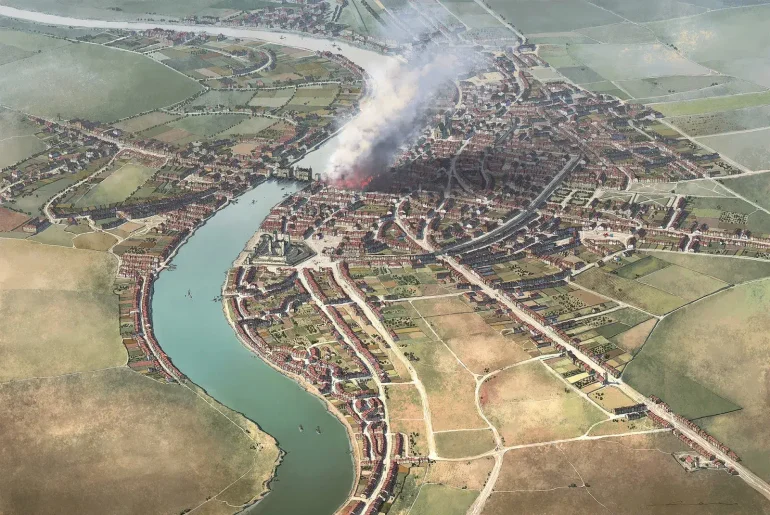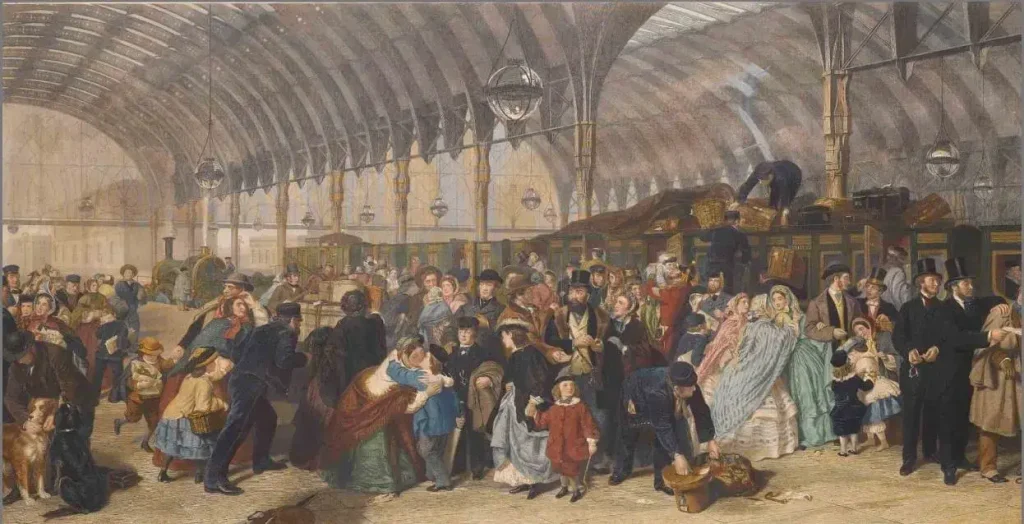
1. A World Transformed by Industry and Empire
Under Queen Victoria’s reign (1837–1901), Britain emerged as the “workshop of the world.” Steam-powered factories, railways, and iron ships reshaped towns and landscapes. The London–Birmingham railway alone signaled a revolution in travel, offering 112 miles of connection in about 12 hours ,By 1900, more than 80% of England’s population had urbanized, swelling city centers with workers who built the empire both literally and in spirit .
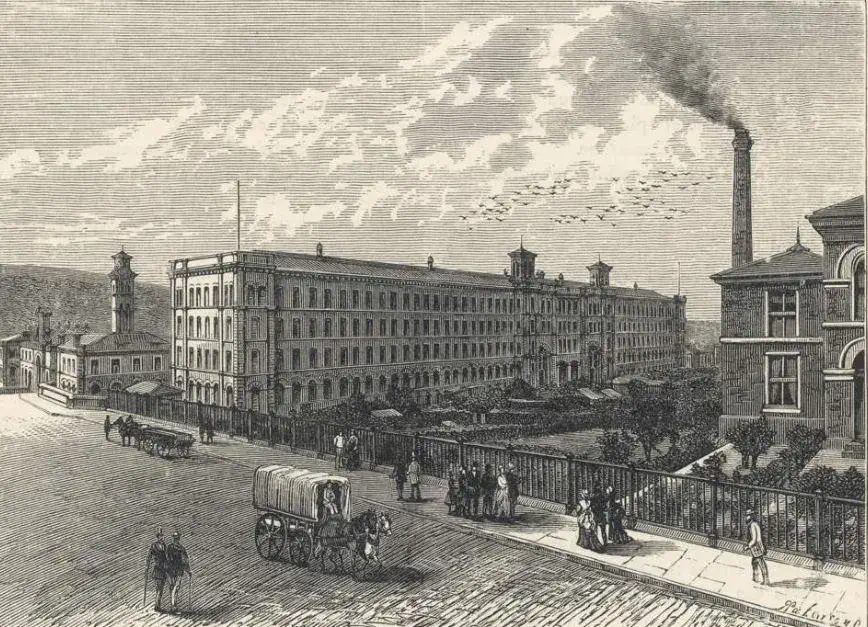
2. A Rigid Social Tapestry
Victorian society was sharply stratified into:
- Upper Class: Landed gentry, titled aristocracy living off estates and rents; wealth wrapped in tradition .
- Middle Class: Rapidly growing, combining professionals, merchants, and bureaucrats, indulgent in novel comforts and domestic style
- Working Class and Poor: 70–80% of the population toiled in adverse conditions mills, mines, docks with minimal wages and harsh living conditions. Child labor was common until factory reforms took hold .
Ethos of “separate spheres” dictated that women upheld morality at home, especially in the middle and upper classes though poverty often forced all hands to labor.
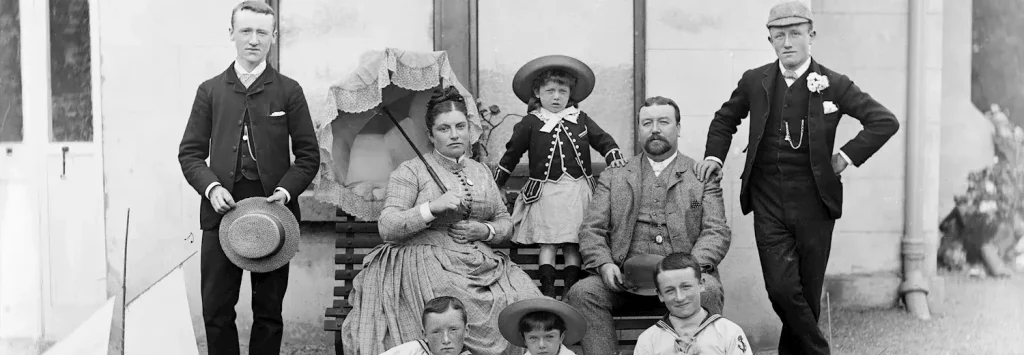
3. The Rhythm of Daily Life
Middle-Class Life
- Homes became showcases of Victorian taste: gas lighting, patterned wallpaper, fancy dinnerware—thanks to mass production.
- Reliance on domestic staff was high: one-third of young women between 15–20 served as maids by 1900.
Working-Class Life
- Wages were low; working and living conditions were often deplorable. Factory Acts and workhouse laws were introduced but often too late
- Overcrowded city housing and polluted water meant life expectancy hovered in the high 30s in 1837 rising to around 48 by 1901
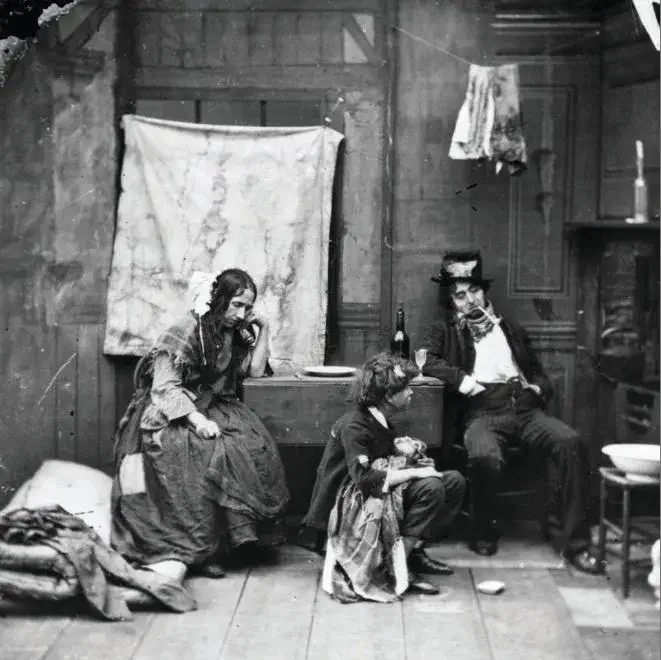
4. Education & Childhood
Education was harsh but transformative. Teachers could be brutal, using caning and rote drills, yet by 1880, schooling ages 5–10 became compulsory
Victorian society began cherishing childhood as a distinct, precious stage reflected in literature from Alice in Wonderland to Black Beauty .
5. Culinary Culture & Domestic Rituals
Victorian cuisine varied by class. Affluent households indulged in elaborate multi‑course meals, served with elegance and flair.
Afternoon tea emerged as a cultural institution in the 1840s complete with fine china, scones, sandwiches, and elegant conversation .
In poorer homes, diet was simpler often bread, potatoes and occasionally cheese or meat.
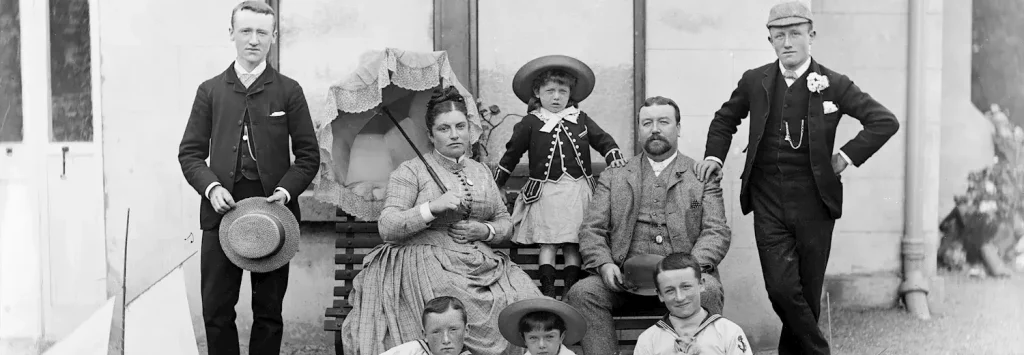
6. Inventions & Public Life
Victorian Britain was a hotbed of innovation:
- Photography invented in 1839
- Penny Post introduced in 1840 revolutionized communication
- Breakthroughs in electricity, telephones (1876), gas lighting, bicycles, cars, and steam power reshaped everyday life
- Medical advances like antiseptic surgery by Lister significantly boosted public health.
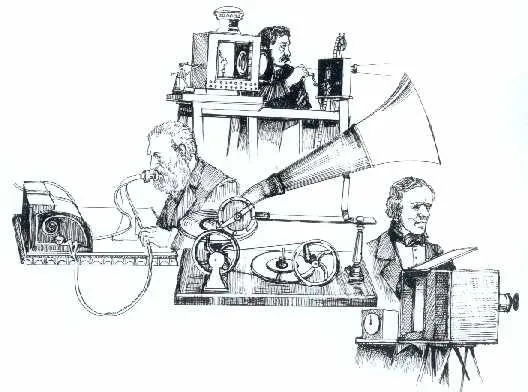
7. Culture, Entertainment & Death
Museums, music halls, theatres and libraries flourished bringing modern leisure to all classes. London theaters alone grew from 19 in 1851 to 61 by 1899.
Mourning rituals became socially significant: elaborate funerals, mourning attire and jewelry became big business emphasized by Queen Victoria’s prolonged mourning for Prince.
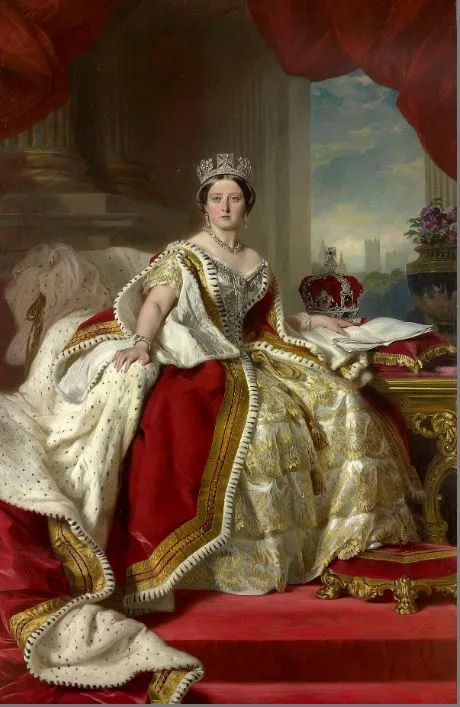
8. Emotional Landscape
It was an era of contrasts:
Industrial might and global sway vs intimate domesticity and moral repression;
Technological optimism vs brutal poverty.
Class divisions shaped every facet of daily life, yet it was also a time of social reforms, where the ideals of childhood, public health, education, and domestic comfort began to evolve into modern society.
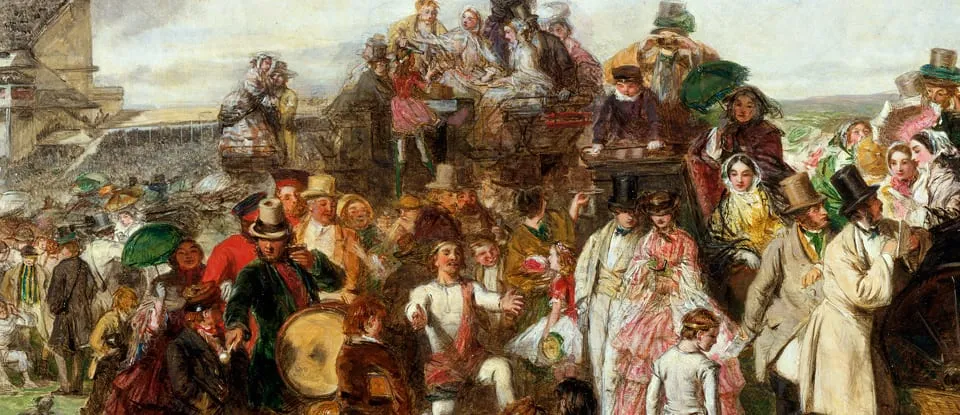
✍️ Final Thoughts
Life in Victorian Britain was a tapestry woven from iron and morality, tea rituals and factory grime, silent alleys and grand parlors. Despite stark inequalities, the era seeded modern values childhood respect, public education, technological progress, and cultural refinement.
For axrota.com, you can conclude with a thoughtful perspective:
“Victorian Britain holds mirrors to our own modern tensions between progress and inequality, comfort and constraint. Its legacy invites us to appreciate the comforts we inherited, and to challenge the social divides that still persist today.”

